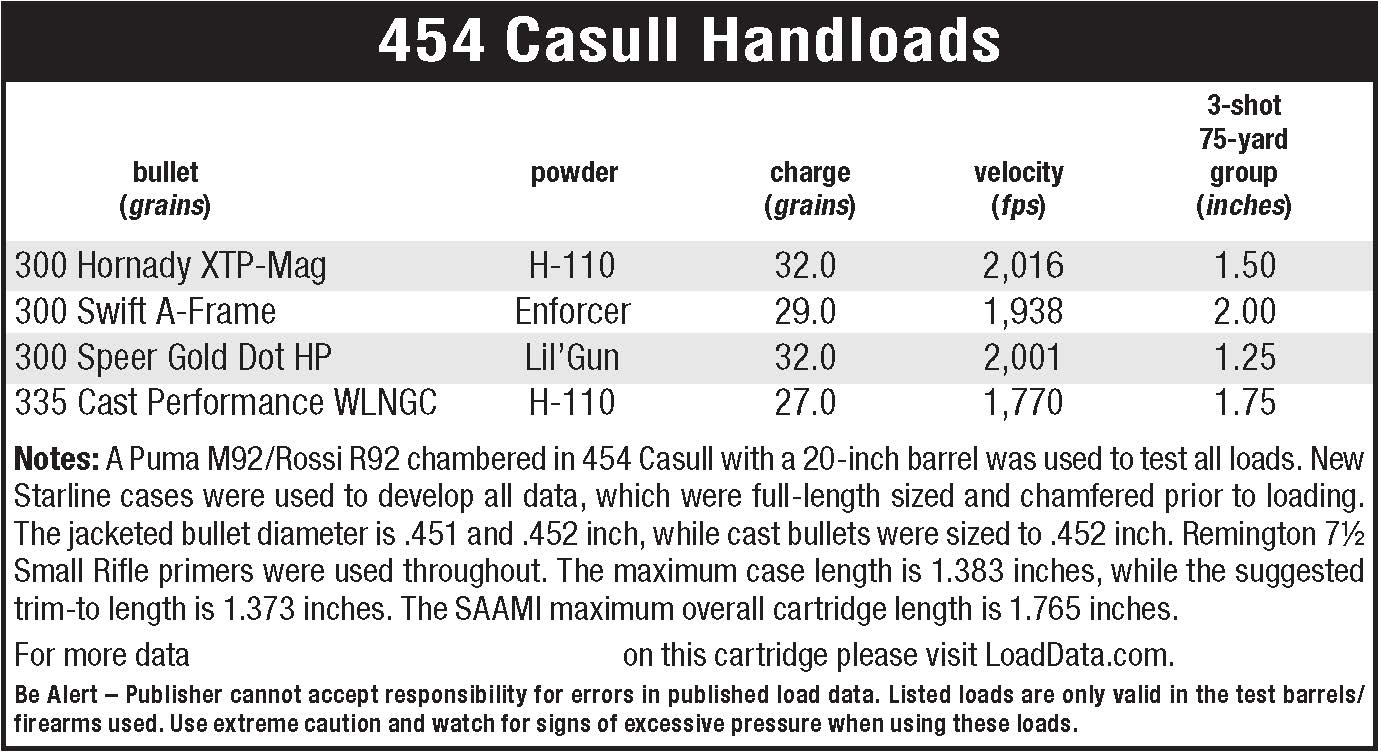Mostly Long Guns
The Rossi R92 454 Casull
column By: Brian Pearce | September, 24
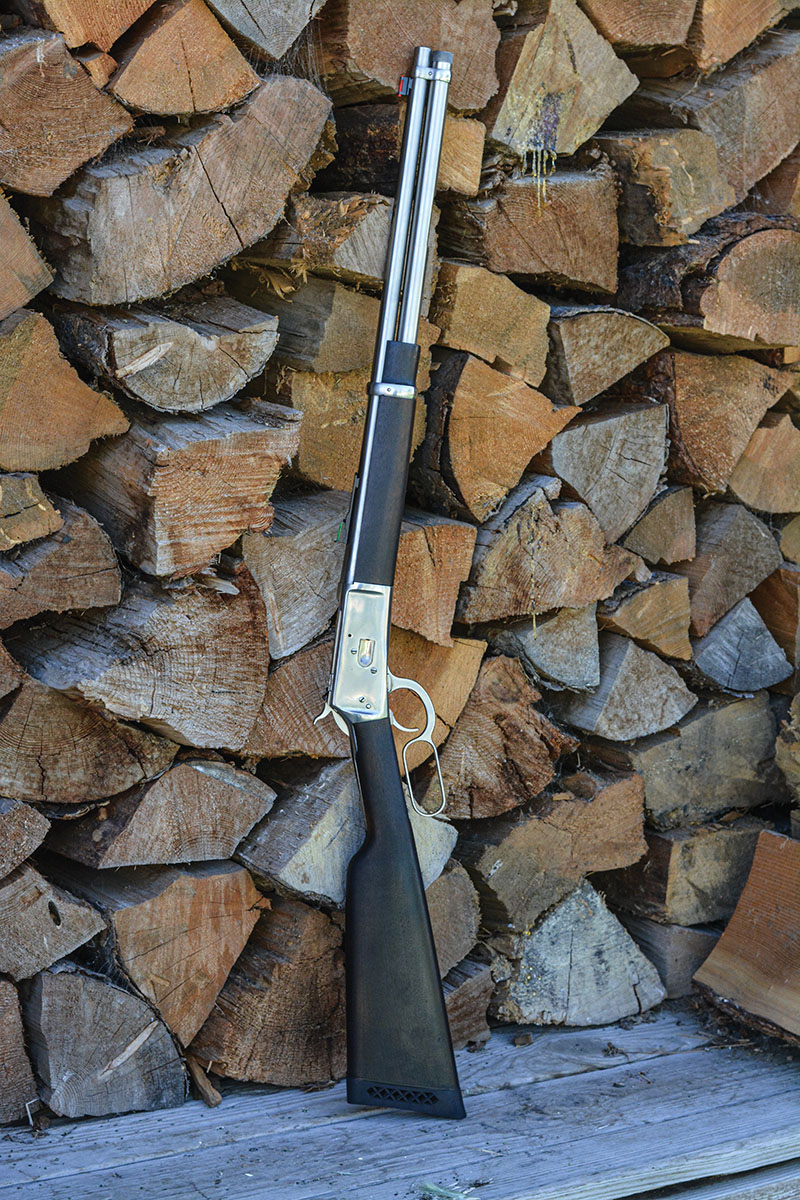
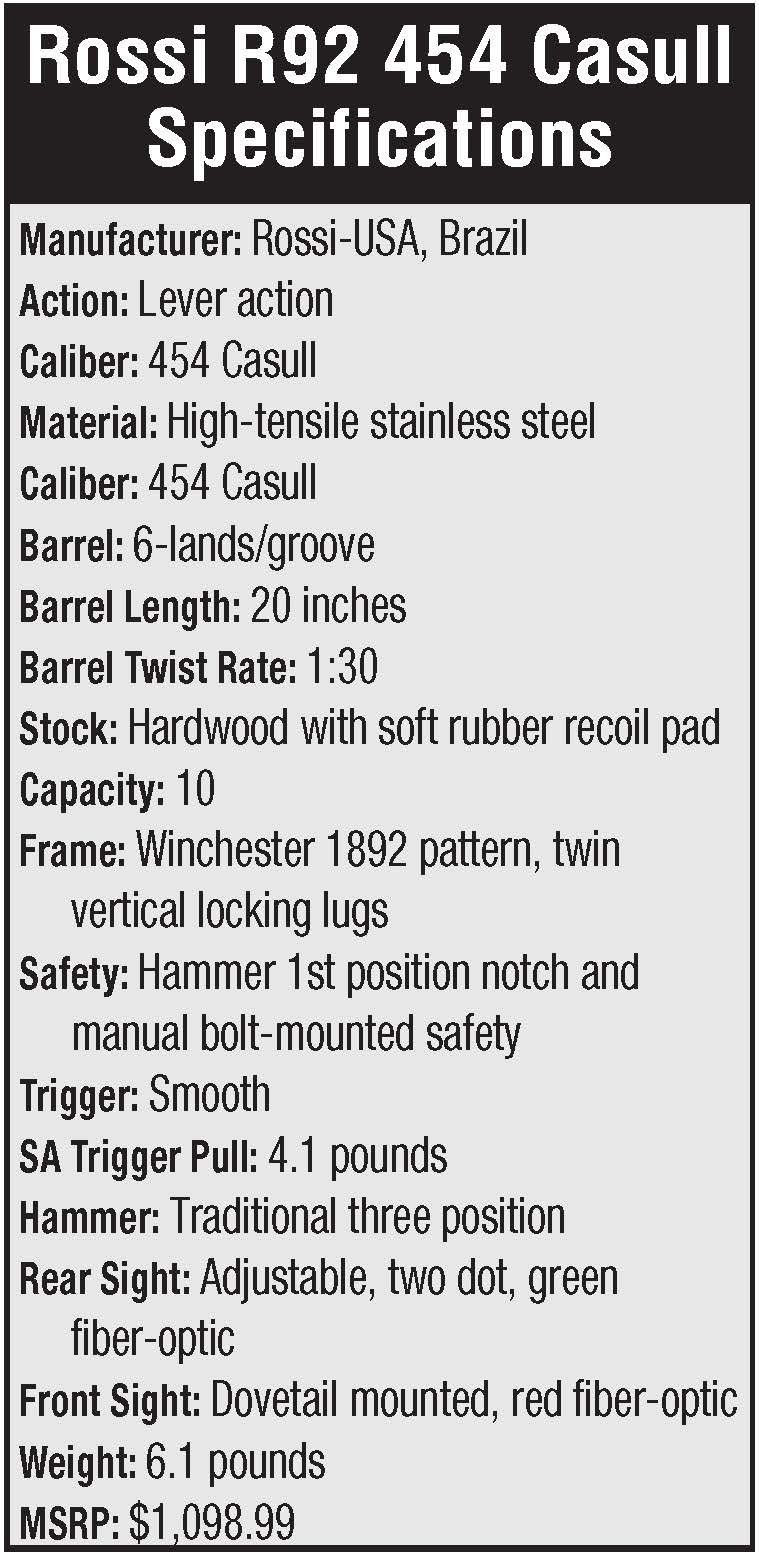
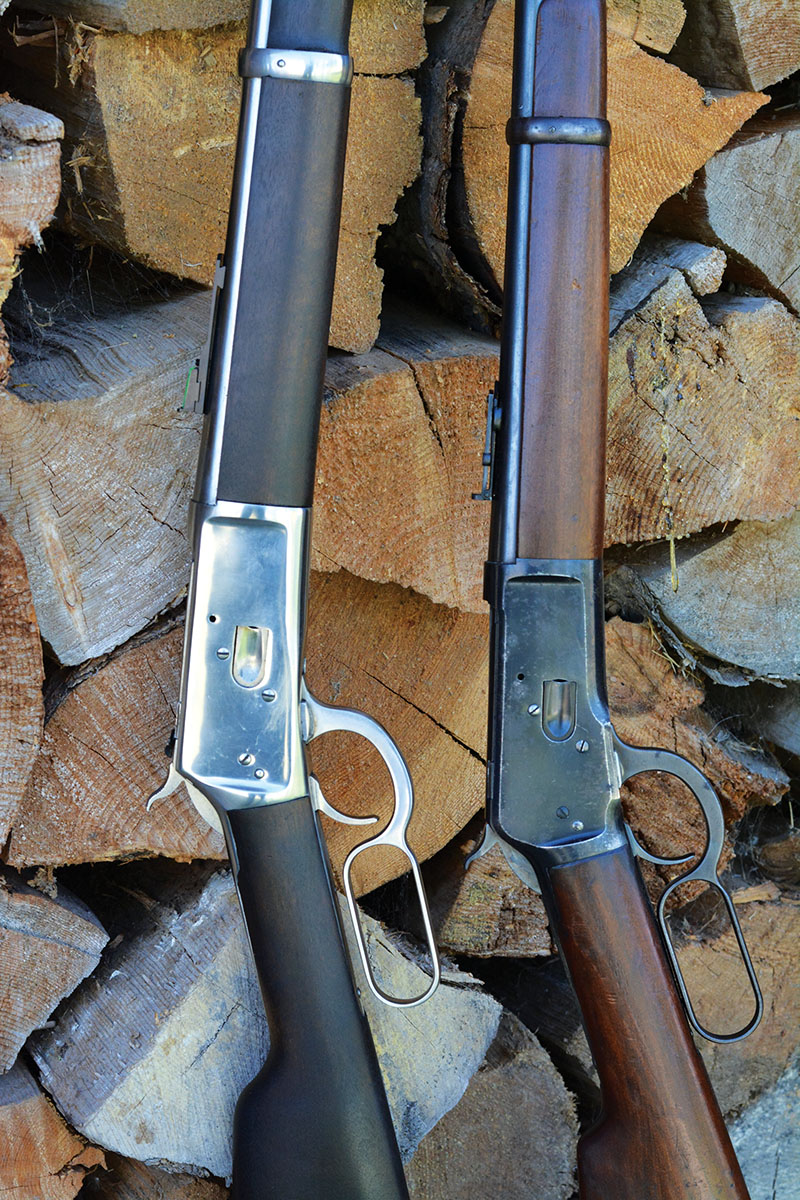
In 1957, Casull started with a block of 4140 steel and sculptured a prototype single-action five-shot revolver that would house a lengthened 45 Colt case. He was able to push a 235-grain bullet to more than 2,100 fps. But it would take 26 years, filled with many challenges and obstacles, before the Freedom Arms Model 83 would be produced commercially. This revolver is remarkable, as it boasts of very high quality. It was the first production revolver with line-bored chambers, it offers incredible strength due to its design, along with uniquely heat-treated 17-4 PH steel, very tight tolerances and a high level of precision accuracy. As a result, it easily handles a steady diet of full-house 454 Casull factory ammunition, which was formally adopted by the Sporting Arms and Ammunition Manufacturers’ Institute (SAAMI) in 1997 and has a maximum average pressure (MAP) of 65,000 psi. This is higher than many modern high-intensity, bottleneck bolt-action rifle cartridges such as the 243 Winchester at 60,000 pounds per square inch (psi), the 7mm Remington Magnum at 61,000 psi, the 300 Winchester Magnum at 64,000 psi and many others.
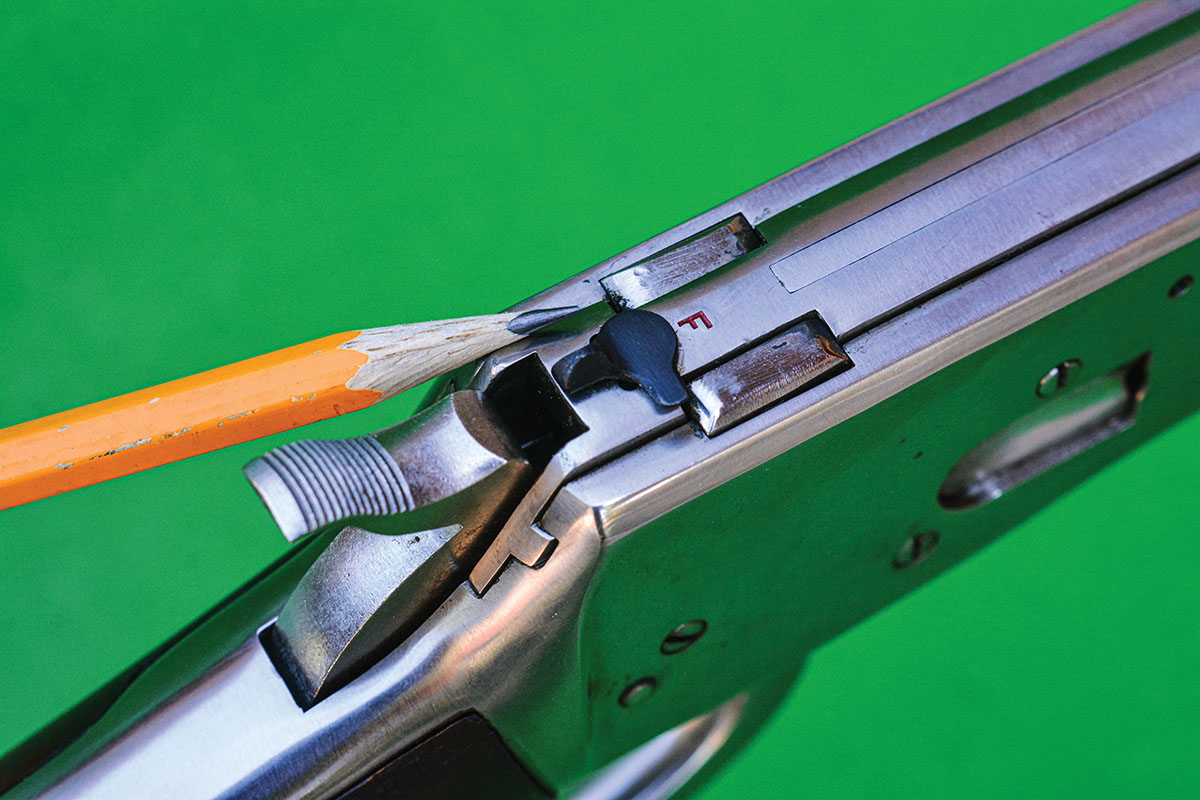
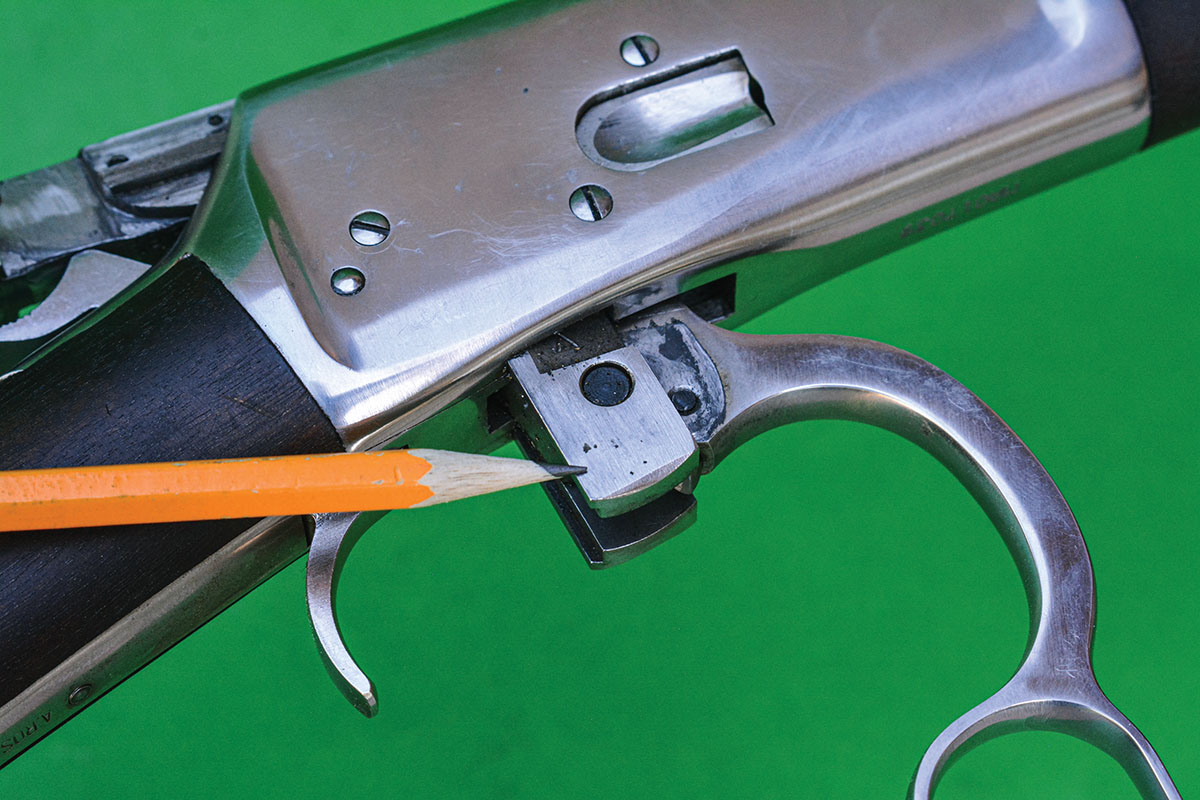
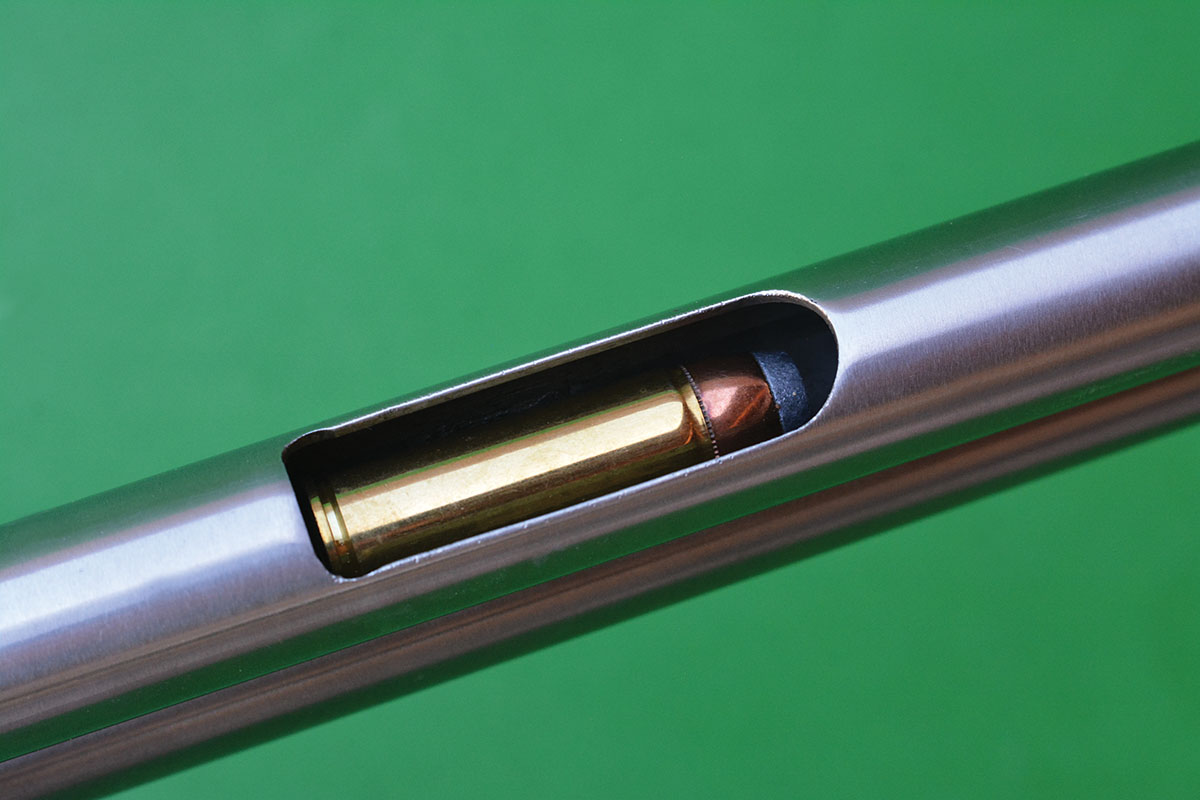
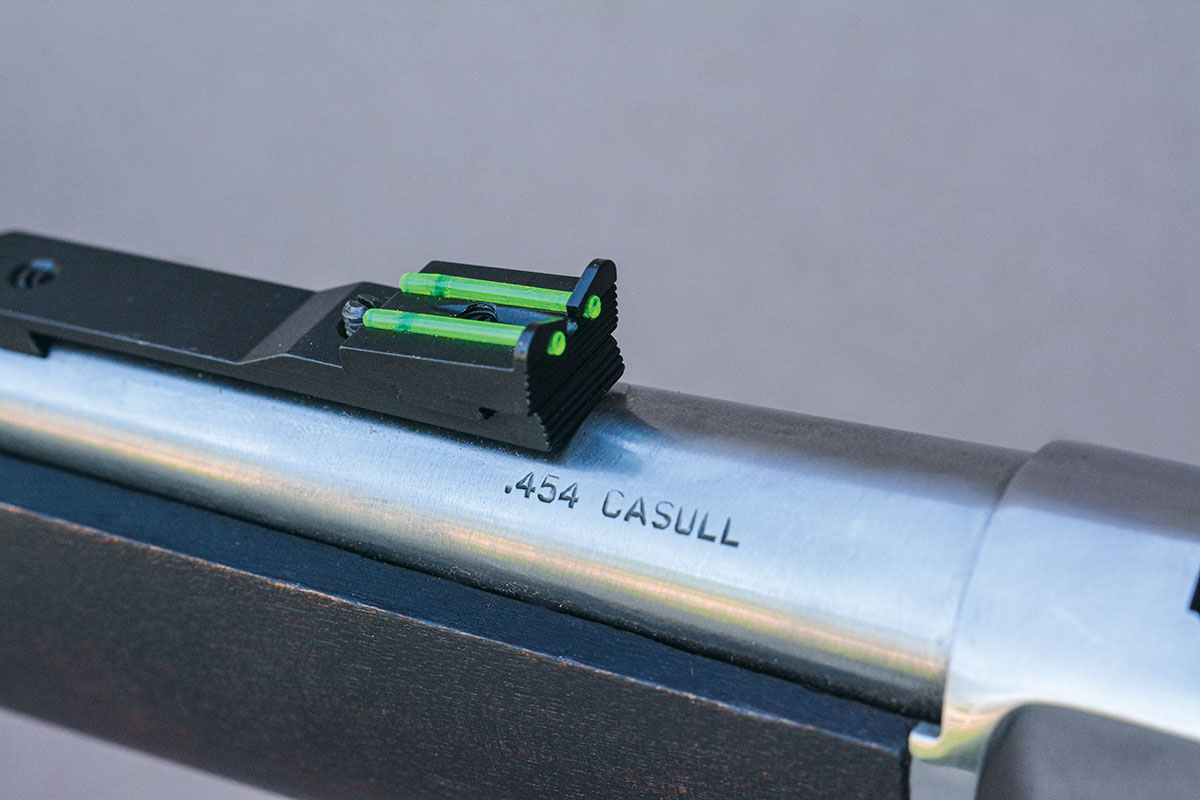
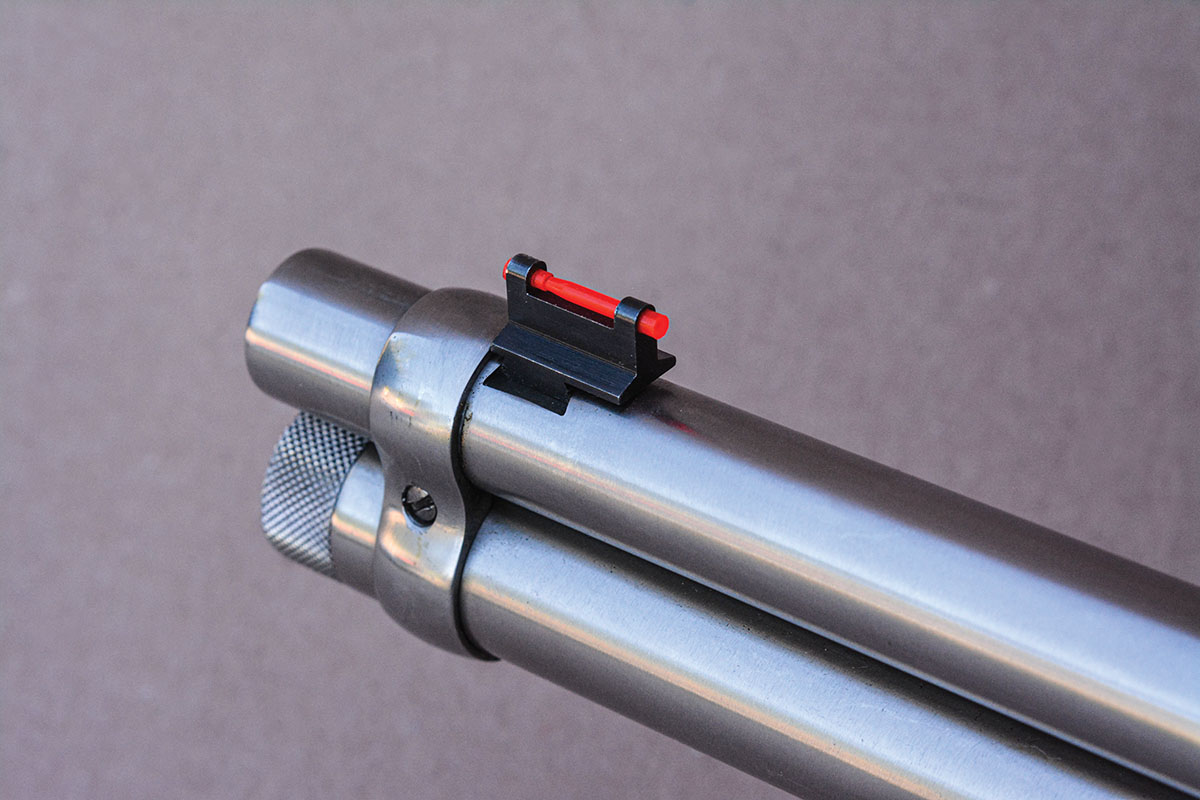
The Puma M92 features the traditional three-position hammer and is fitted with a manual safety on top of the bolt that when engaged, prevents the hammer from contacting the firing pin. Another departure from the original Model 1892-pattern rifles, includes an inner and outer magazine tube, with the inner tube screwing into the outer tube and there is a loading port similar to 22 rimfire rifles. However, there is also the traditional loading gate on the right side of the receiver. So shooters can choose to load the rifle using either method. The screw-in magazine tube feature was developed due to the sharp, fast recoil produced by the 454 when chambered in a lightweight carbine, which was causing the tubes to loosen in prototype guns. The M92 is constructed of a proprietary stainless steel, fitted with a walnut stock and rubber recoil pad. Fiber-optic sights were an option that included a two-dot green rear and red front. It was offered in 16-, 18- and 20-inch barrel lengths and in carbine configuration (with two barrel bands).
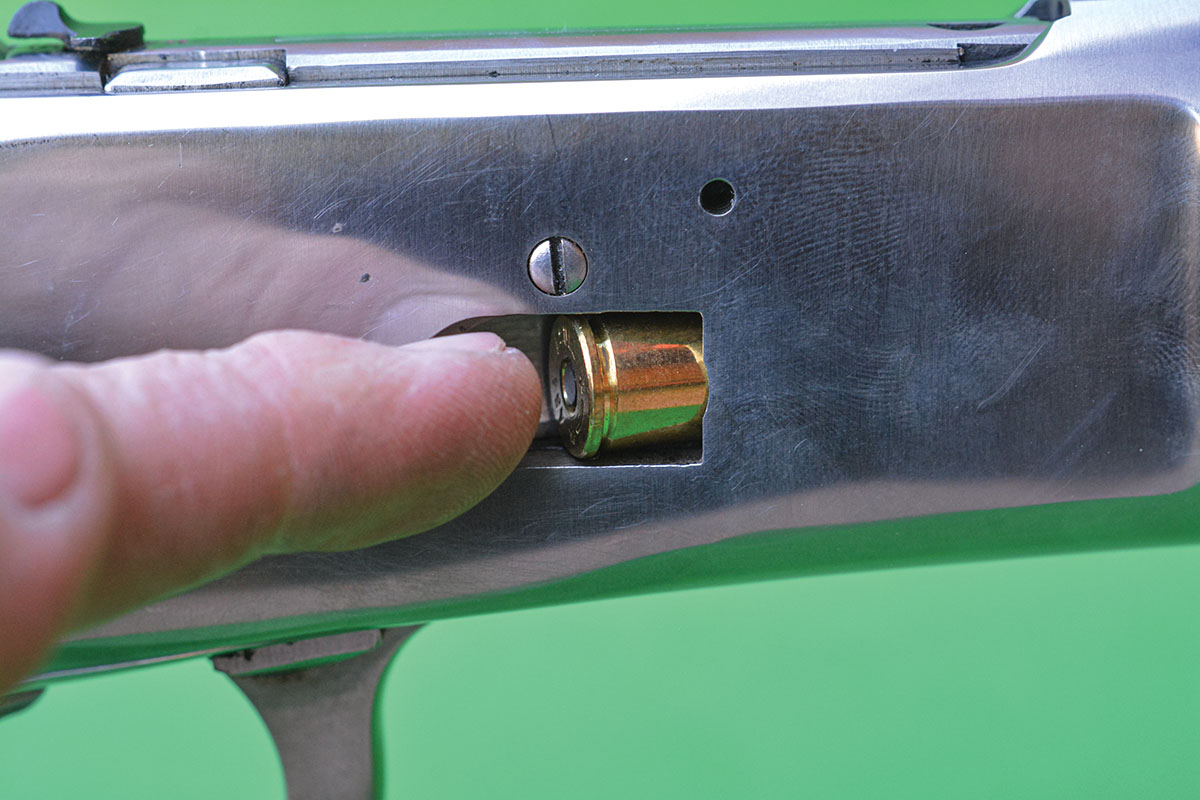
After reviewing the Puma M92, it was purchased and used as a reference gun to test a variety of ammunition. First, it was used to develop handloading data for Wolfe Publishing’s LoadData.com website. Then, a major ammunition company contacted me regarding three lot numbers of 454 Casull ammunition. The first two lot numbers were experimental and were to be evaluated for possible production, while the third lot number was slightly out-of-specification when compared to their standard production loads. The company wanted me to test and evaluate the experimental loads in both rifles and handguns, while the third lot number was fired at my leisure and the brass retained for handloading purposes.
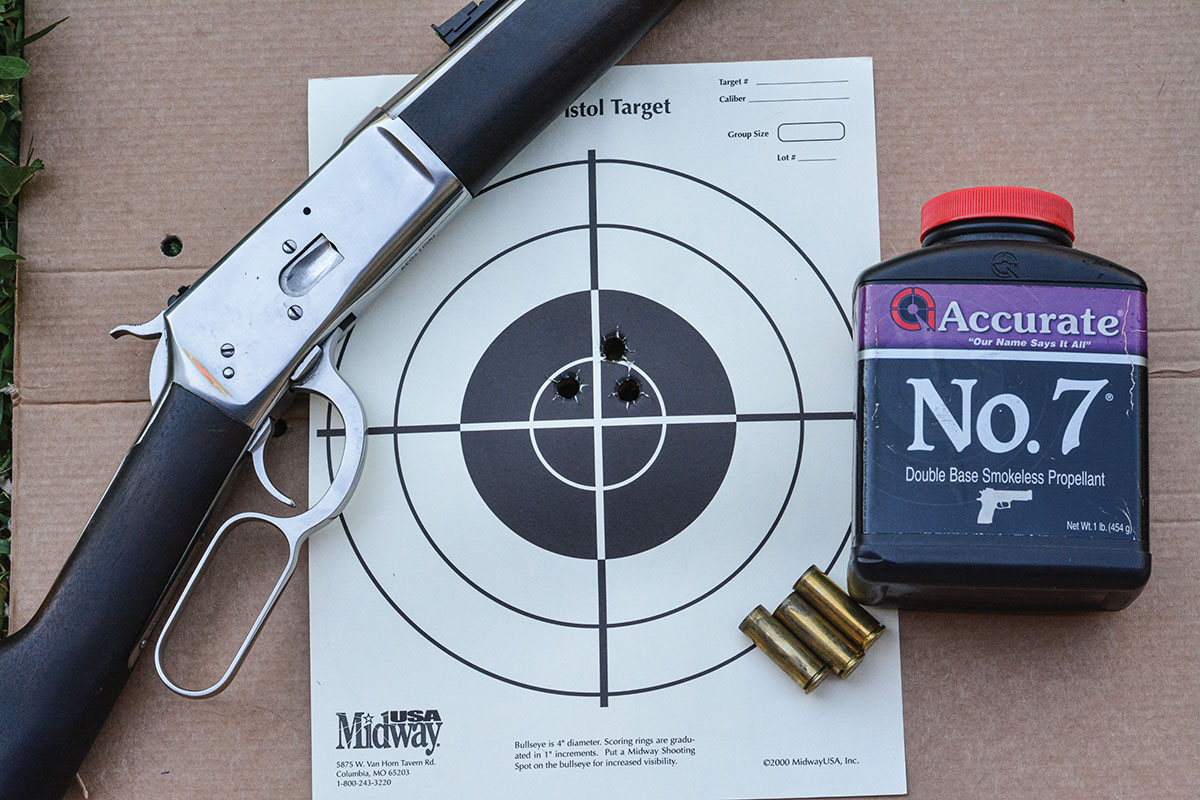
In working through the above ammunition and LoadData.com handloads, the Puma M92 has shot more than 10,000 rounds, which is a true torture test! At this point, the gun was carefully examined and the headspace was checked. Despite Browning-designed Winchester-pattern leverguns having a reputation for developing excess headspace after extensive shooting, the headspace remains within specification. As can be seen in the accompanying table, accuracy was similar when compared to when the gun was new 20 years ago. The only real issue occurred at just over 5,000 rounds, when the dovetail installed front sight worked loose. The dovetail was tightened and the sight was reinstalled and it remains tight.
It is noteworthy that H.P. White Laboratory tested two Puma M92 rifles prior to it going into production, which were each fired with several thousand rounds of factory loads, plus proof loads that were 150 percent over loads. The M92s passed the tests with flying colors.
Legacy Sports International no longer imports the Puma M92. However, Rossi-USA currently imports exactly the same gun, which is known as the R92. All of the above comments regarding the Puma M92 apply to the Rossi R92, which is readily available, dealers can be located at rossiusa.com.
I would like to see Rossi offer an optional aperture rear sight and post-style front, which would serve to improve it for field use. The overall comfort and shooter fitment could be further improved with a Winchester-pattern, shotgun-style buttstock that would disperse recoil over a larger area of the shoulder.
The 454 Casull offers notable power in revolvers, but due to its heavy recoil and the size of some handguns, it’s not for everyone. However, the R92 can easily push a 300-grain jacketed bullet to more than 2,000 fps, which is faster than SAAMI specification 45-70 Government factory loads, and is capable of taking all North American game. The 454 offers enough power to have merit as a rifle cartridge and owning a handgun of the same caliber is not a prerequisite. Plus, as a bonus, the R92 will feed most roundnose and roundnose flatpoint profile 45 Colt ammunition. The R92 offers accuracy, durability, is lightweight and has an attractive manufacturer’s suggested retail price of $1,098.99.



